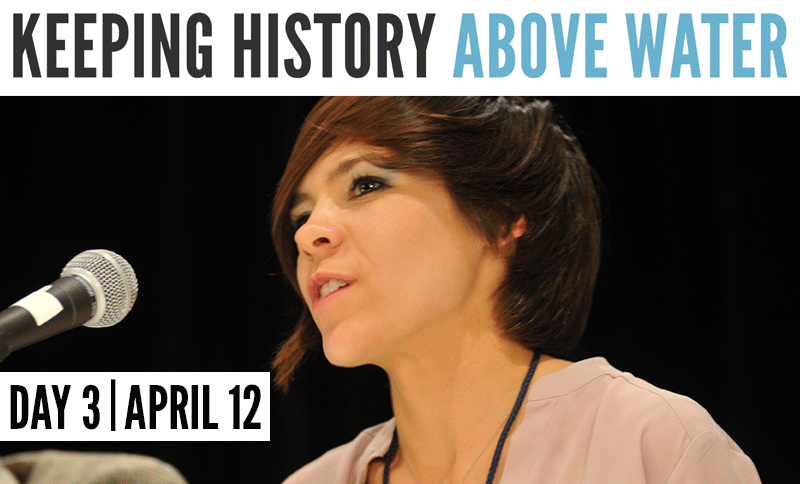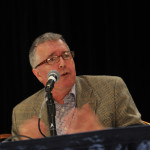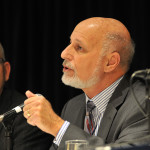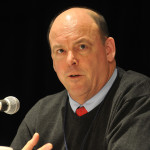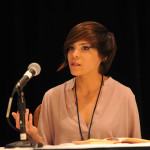7 lessons from our Closing Roundtable
We wrapped up day 3 of Keeping History Above Water with a closing roundtable, appropriately entitled, “What Have We Learned and Where Do We Go from Here?”
Cornelia Dean, veteran science writer/editor for t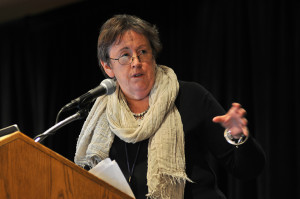 he New York Times (1997-2003) and writer-in-residence at Brown University, served as session chair and moderator for a candid, often challenging discussion. Joining Dean were panelists (click images below to enlarge) Adam Markham, Deputy Director of Climate and Energy for the Union of Concerned Scientists; John Englander, oceanographer, consultant, author, and sea level rise expert; Grover Fugate, Executive Director of the RI Coastal Resources Management Council; Jim Lindberg, Senior Director of the National Trust for Historic Preservation’s Preservation Green Lab; and Victoria Hermmann, US Director for the Arctic Institute.
he New York Times (1997-2003) and writer-in-residence at Brown University, served as session chair and moderator for a candid, often challenging discussion. Joining Dean were panelists (click images below to enlarge) Adam Markham, Deputy Director of Climate and Energy for the Union of Concerned Scientists; John Englander, oceanographer, consultant, author, and sea level rise expert; Grover Fugate, Executive Director of the RI Coastal Resources Management Council; Jim Lindberg, Senior Director of the National Trust for Historic Preservation’s Preservation Green Lab; and Victoria Hermmann, US Director for the Arctic Institute.

Jim Lindberg, Senior Director of the National Trust for Historic Preservation’s Preservation Green Lab

